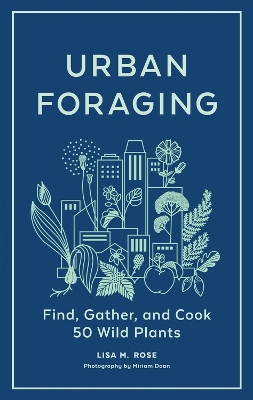Reviewed by annieb123 on
Urban Foraging is an interesting and accessible guide to useful plants and foraging in urban/suburban environments written by Lisa M. Rose. Released 11th Oct 2022 by Timber Press, it's 236 pages and is available in hardcover and ebook formats.
The author's introduction and general advice for finding and -safely- harvesting plant material provides a good basic starting point for beginning foragers. The following herbal A-Z which makes up the bulk of the content (from Apples to Yarrow) contains color photos of 50 different plants along with some recipes for tinctures, teas, foodstuffs, and more. I would strongly recommend readers proceed with caution and preferably in the company of experienced mentors/foragers to be sure of plant IDs and usages. Readers should be confident in their plant identifications and -not- rely very heavily on the information contained here for ID purposes. Additionally there were some at least slightly iffy bits of information included for preparation methods for some plants, such as acorn flour and artemisia which aren't straightforward to use as they are.
It's also worth noting that the information contained in this volume is slanted toward readers in North America, although many (most?) of the plants will also be found in some parts of Europe/Asia (and indeed have been introduced to North America by humans over time). Recipe measurements are provided in imperial (American) units. The author/editors have provided a metric conversion chart in the appendices as well as an abbreviated links list for further reading.
Three stars, potentially a good starting point, but proceed with caution and preferably with a mentor/guide.
Disclosure: I received an ARC at no cost from the author/publisher for review purposes.
Reading updates
- Started reading
- Finished reading
- 9 November, 2022: Reviewed
- Started reading
- Finished reading
- 9 November, 2022: Reviewed
